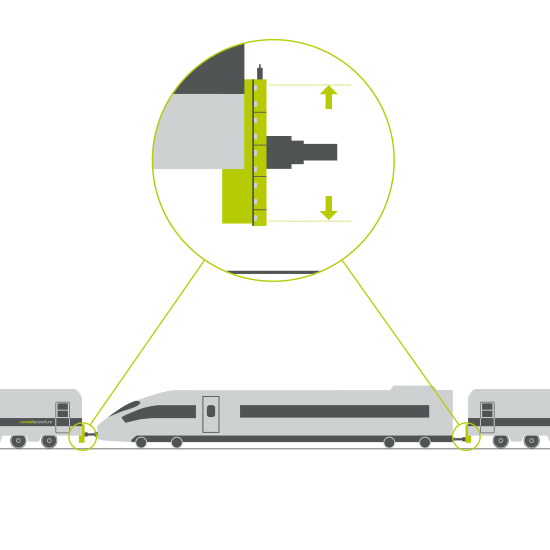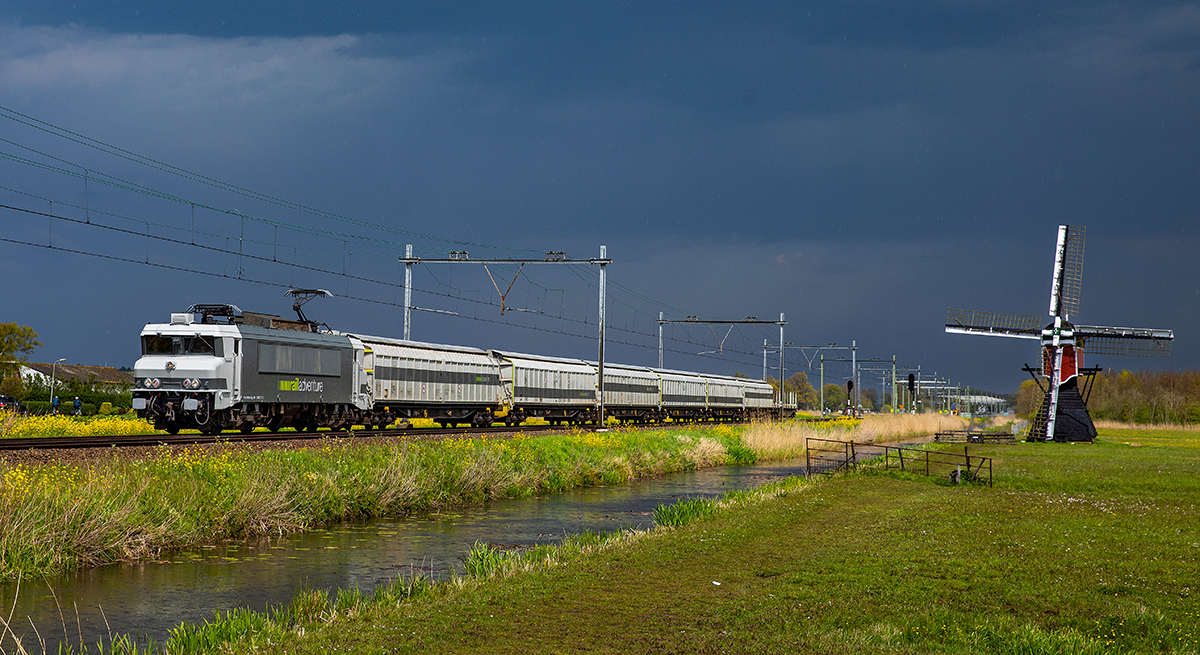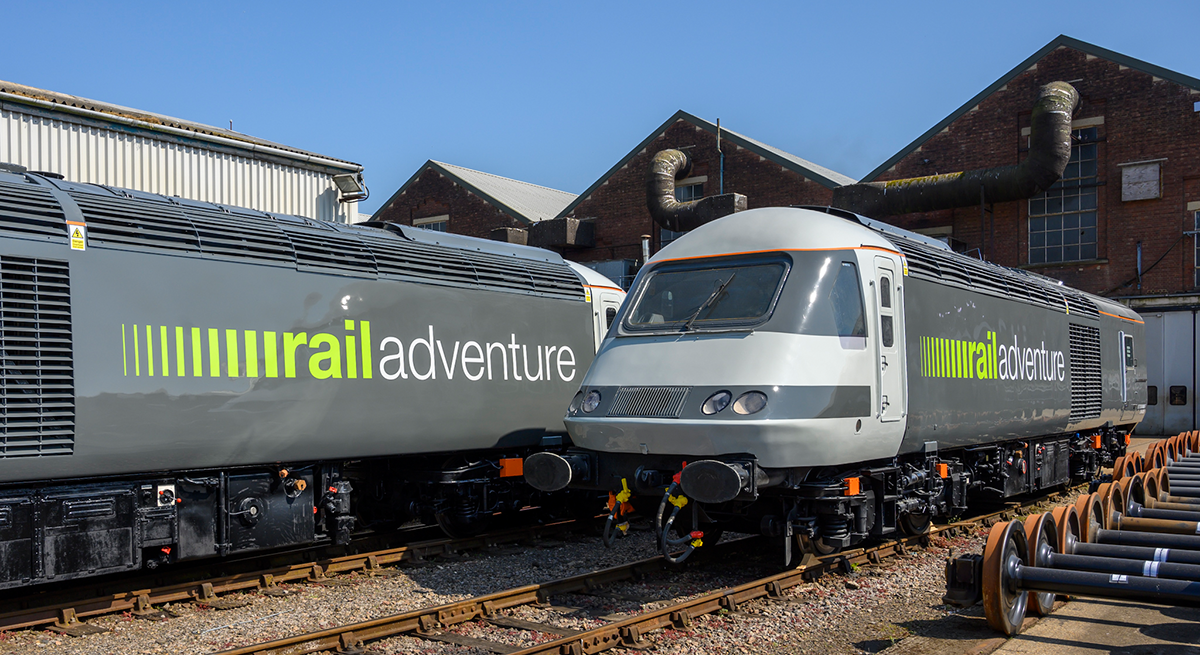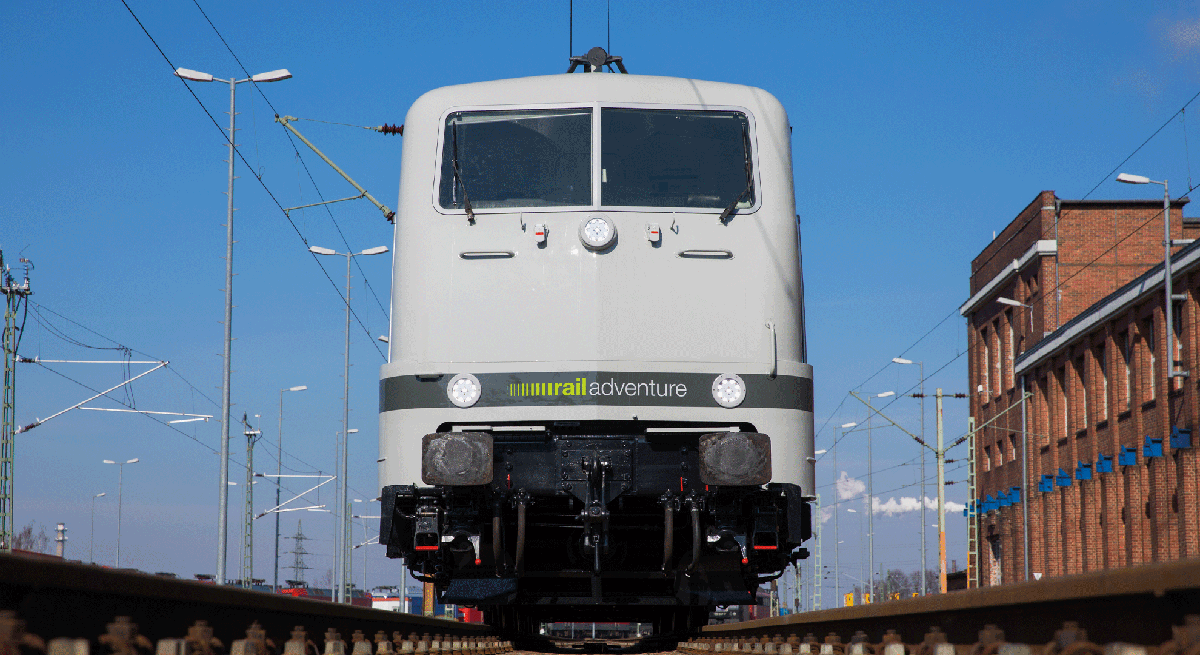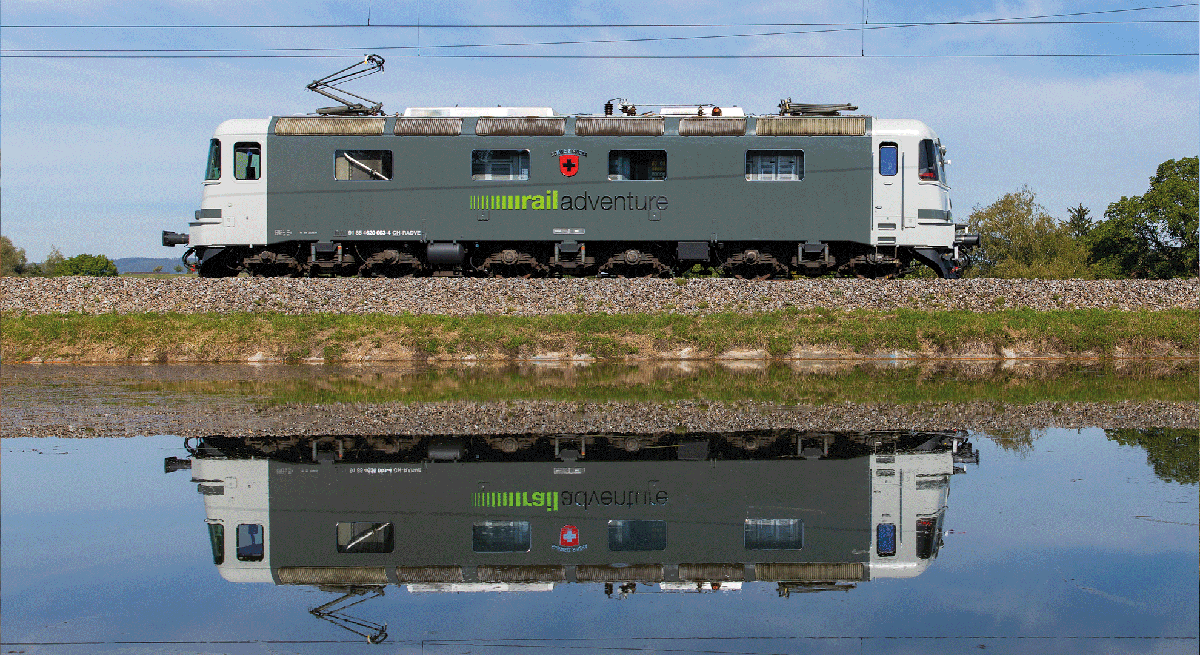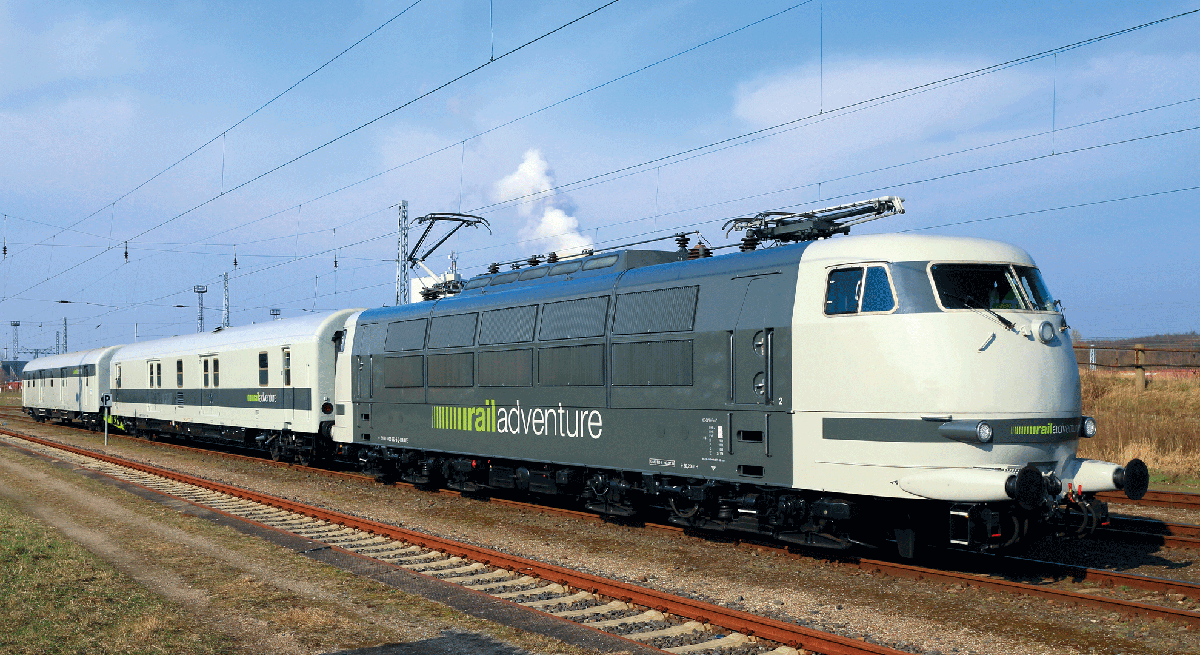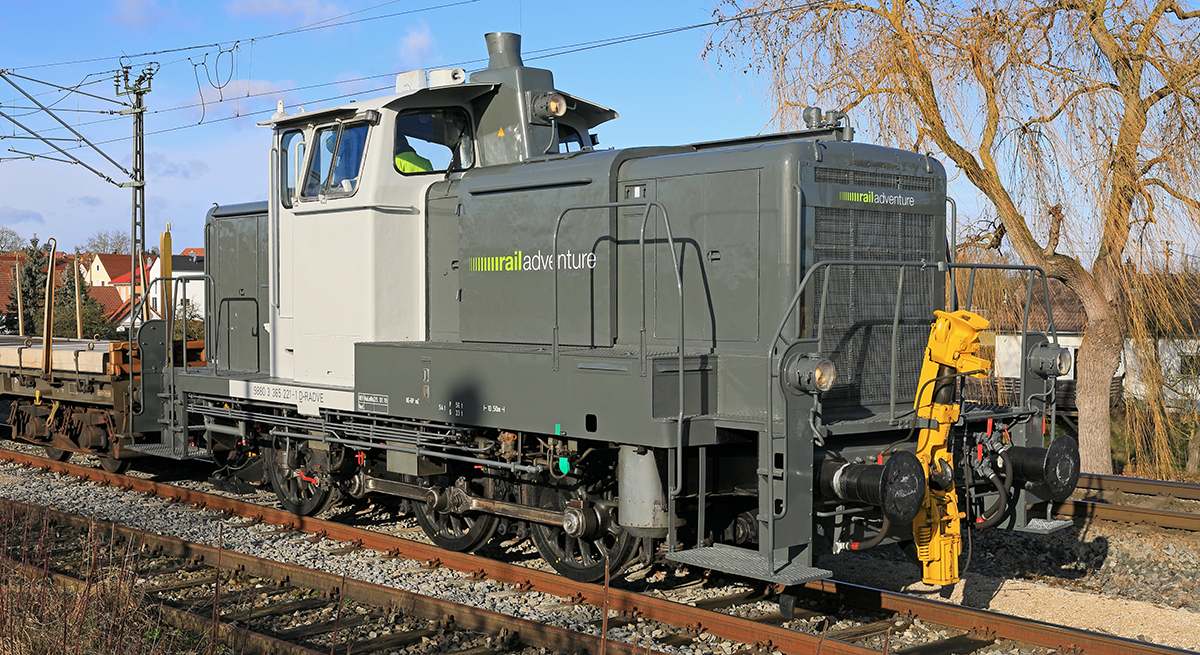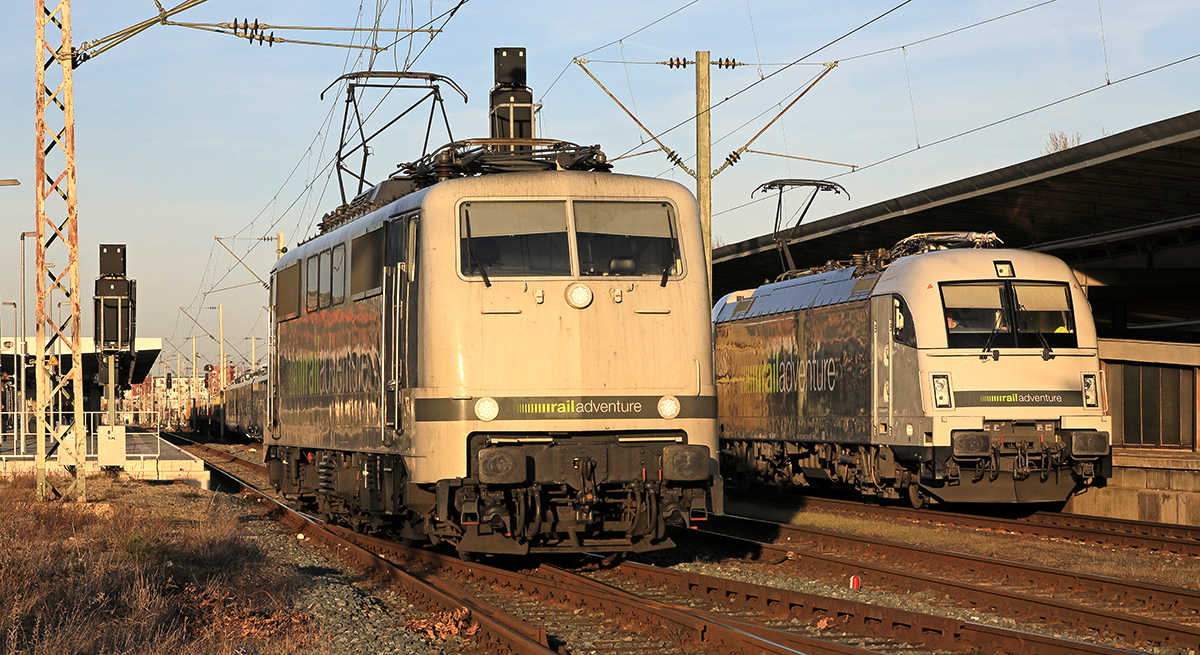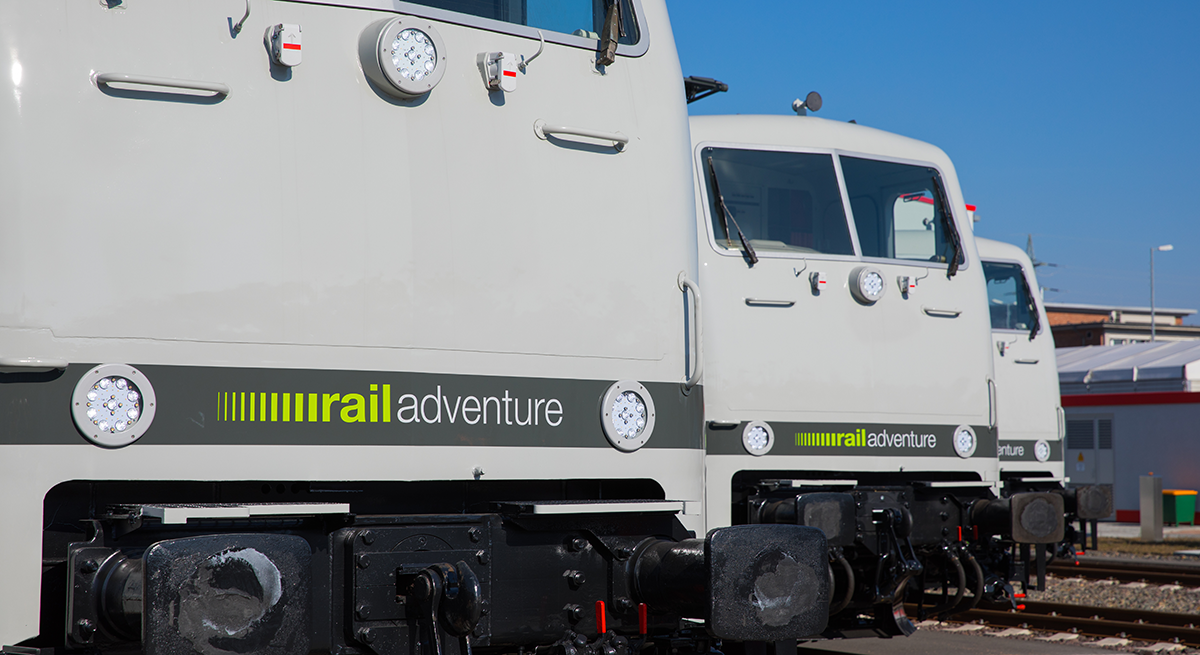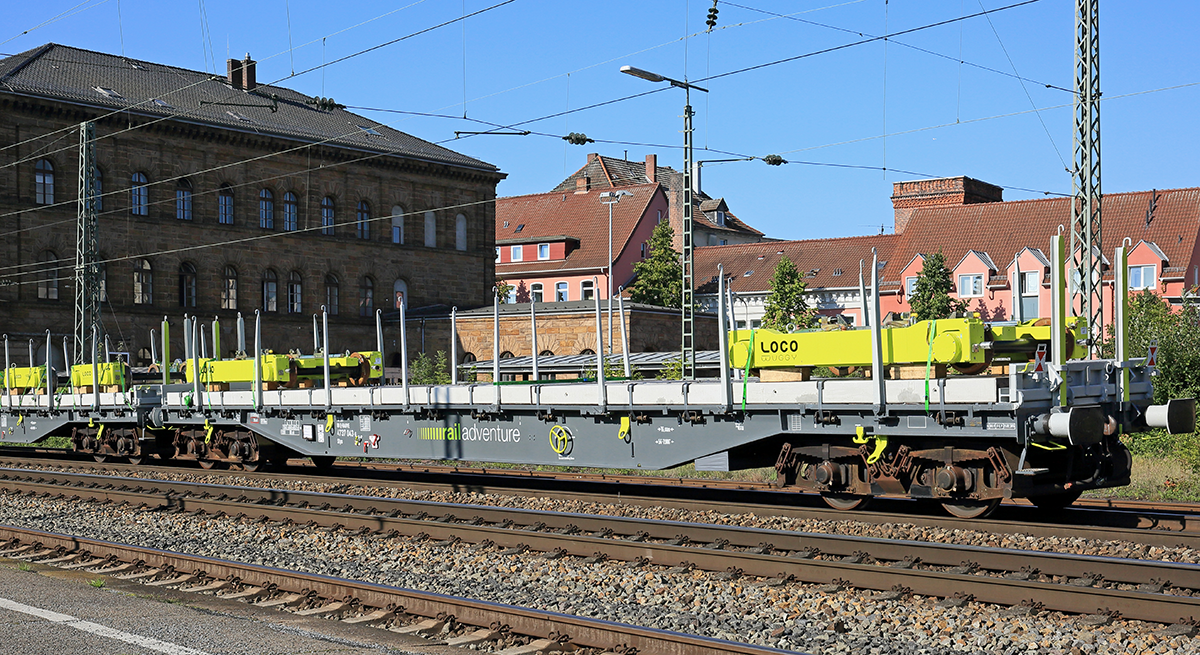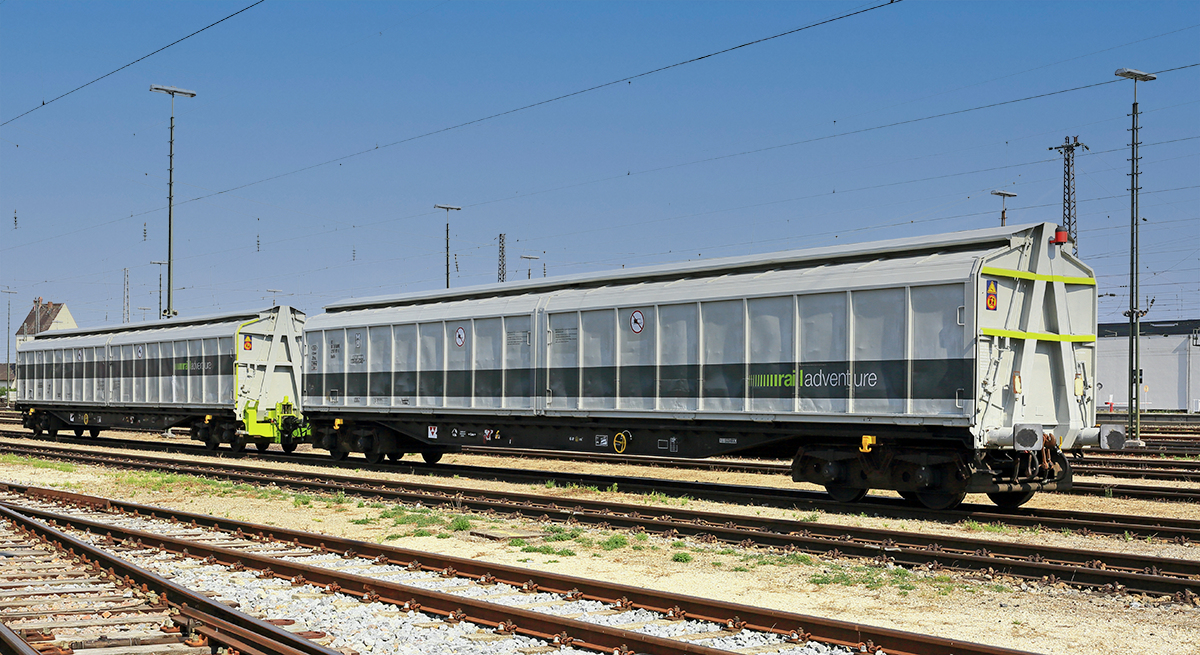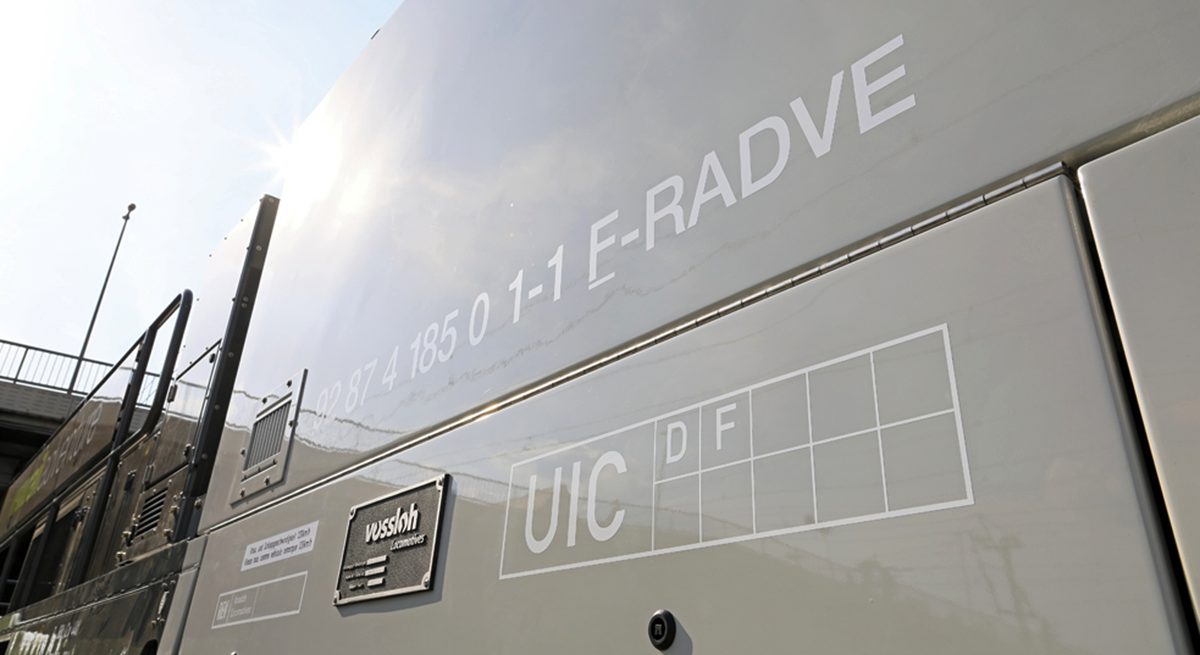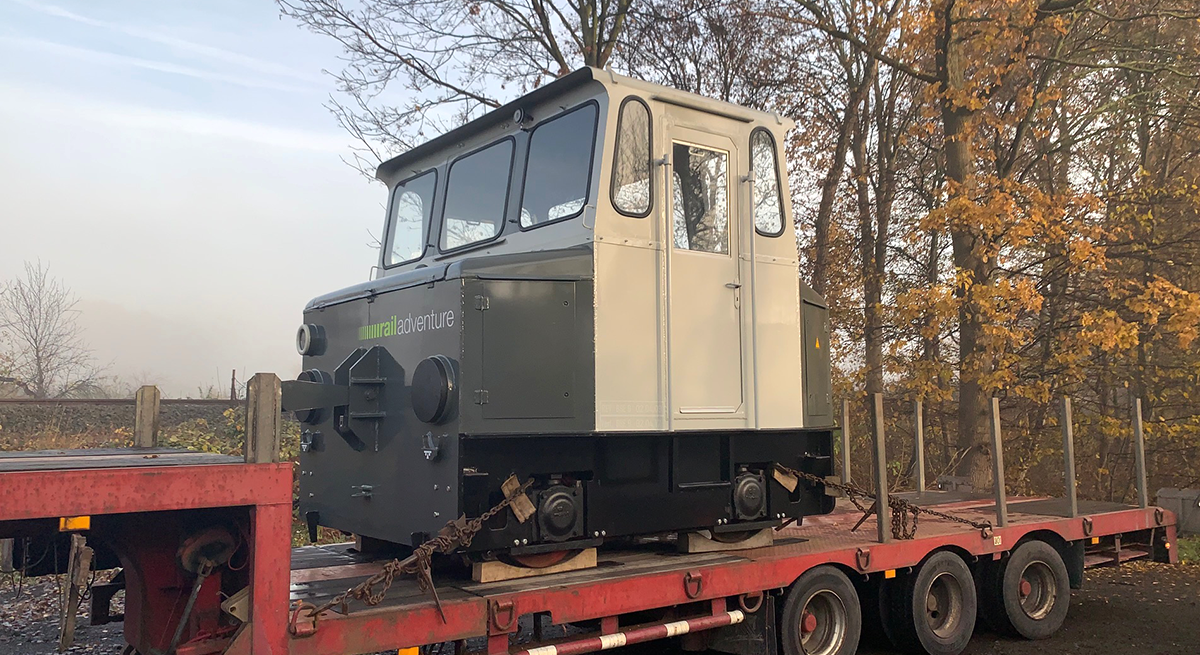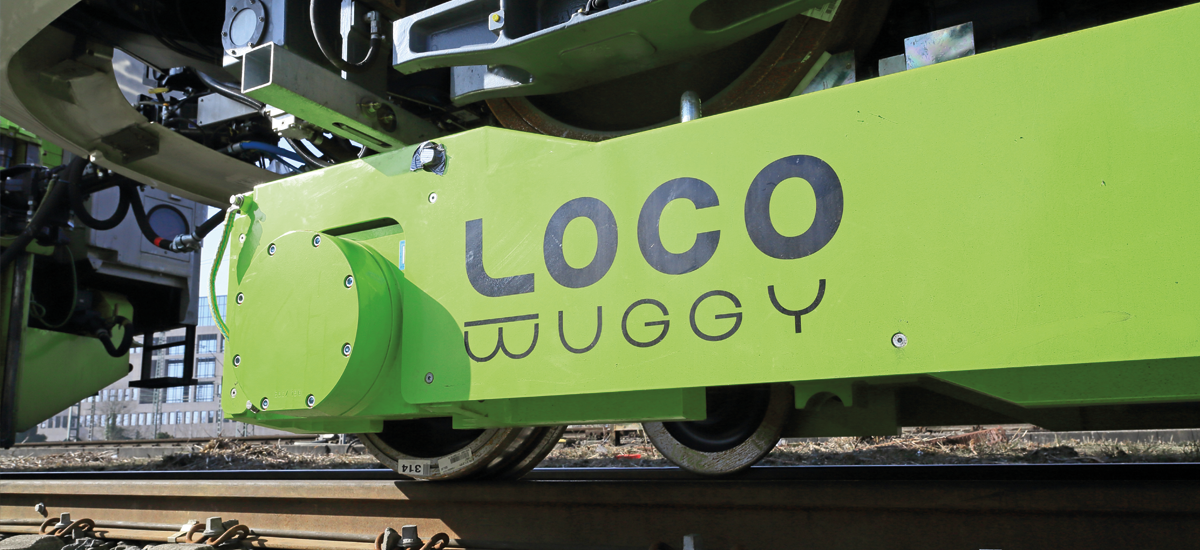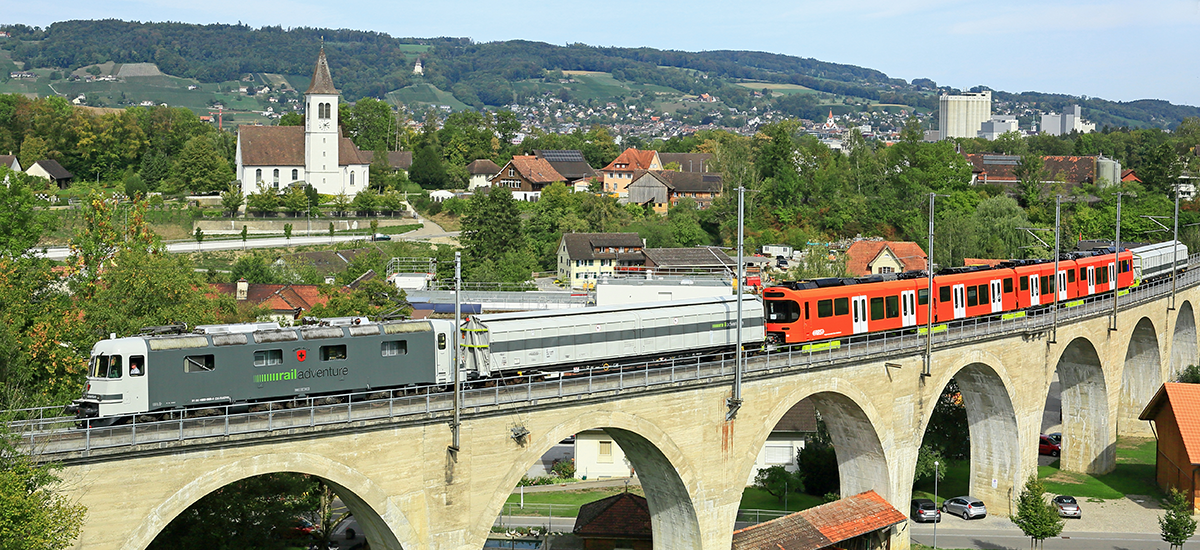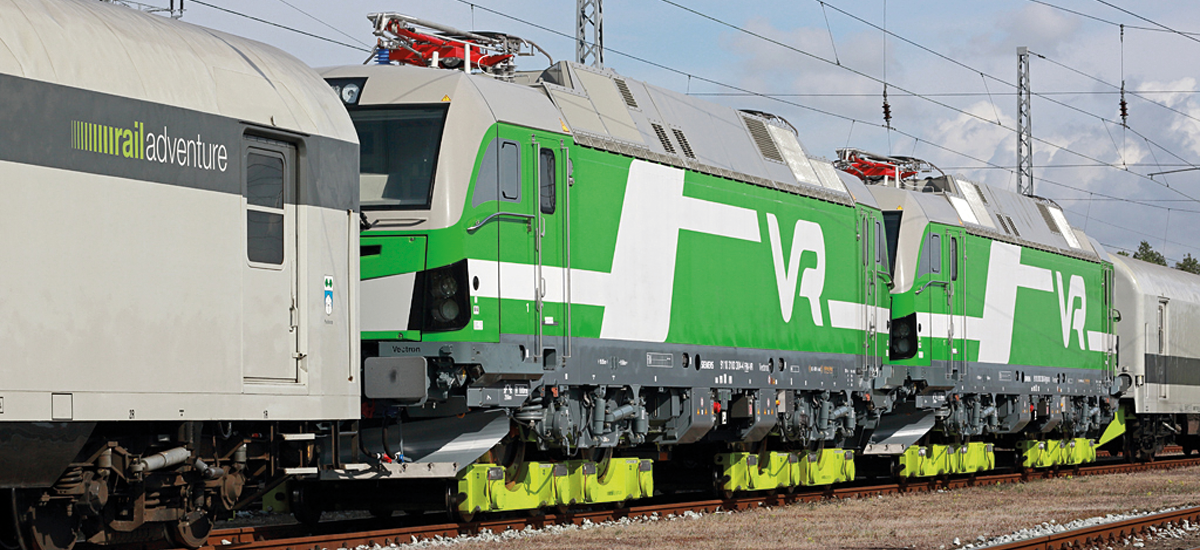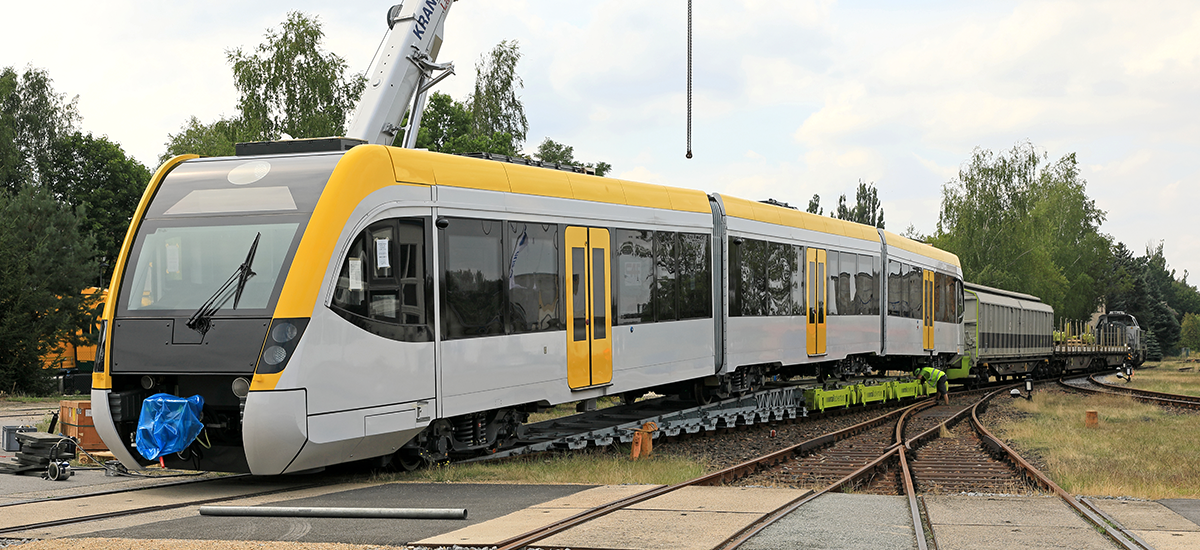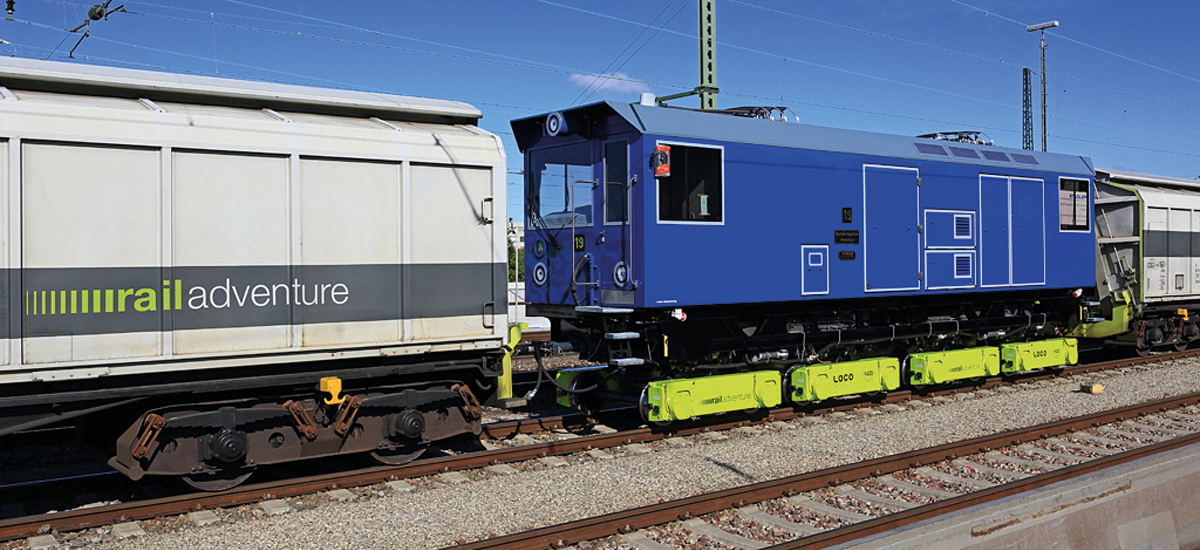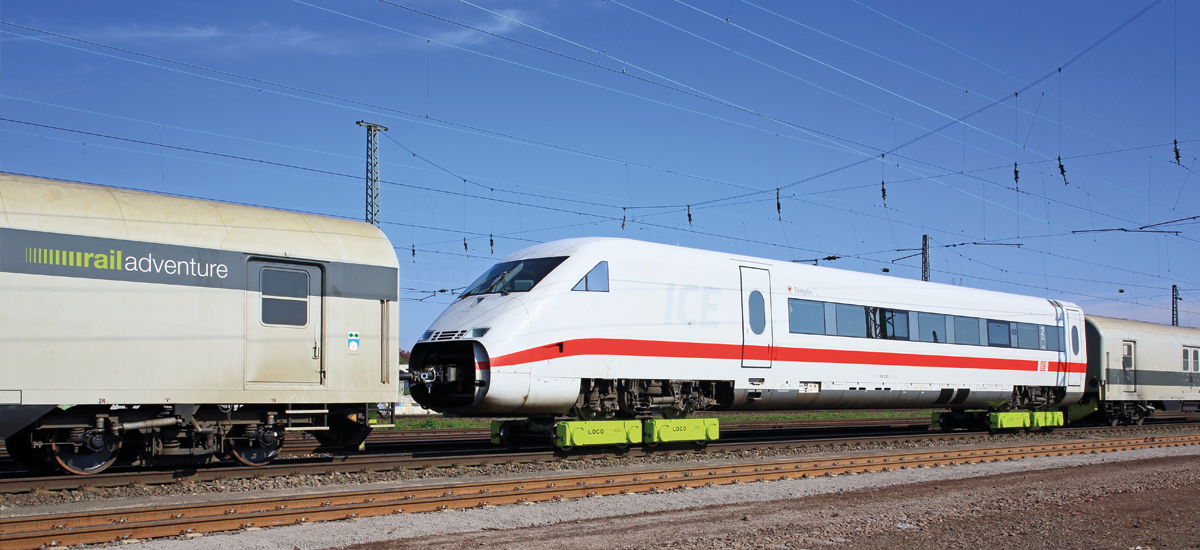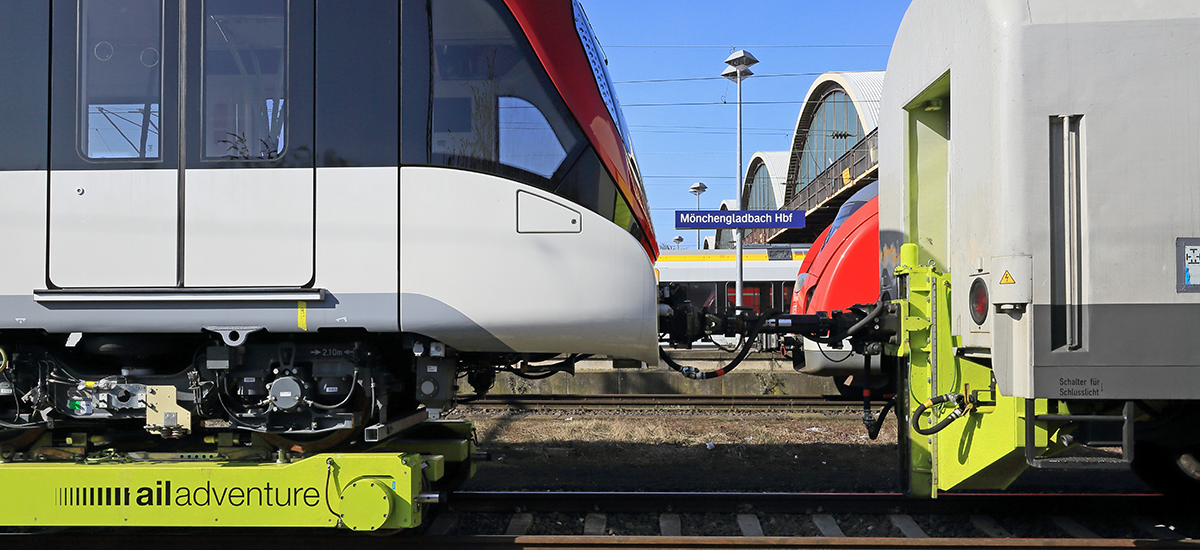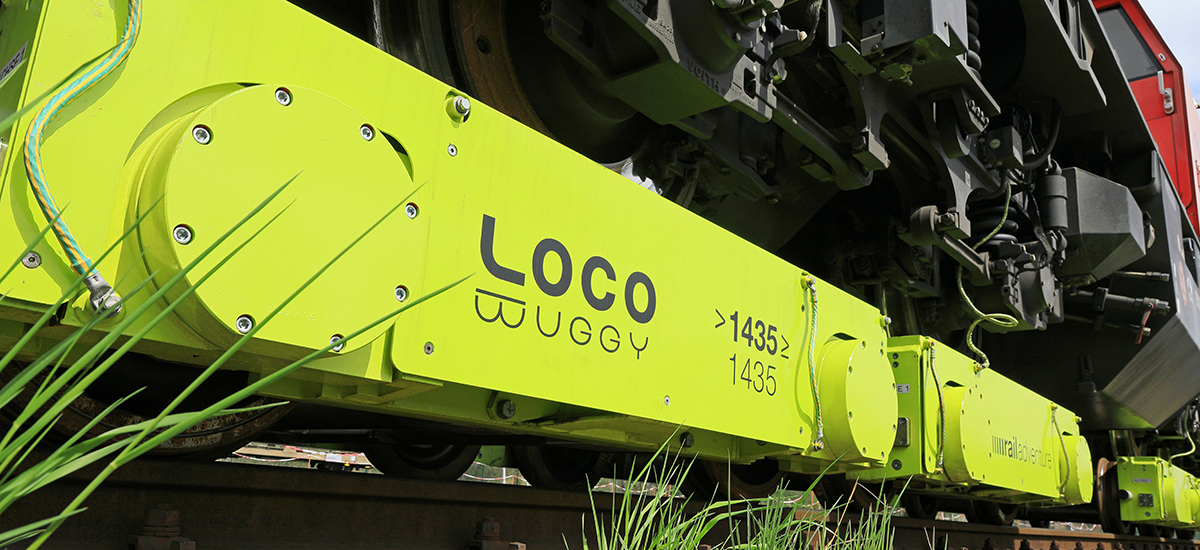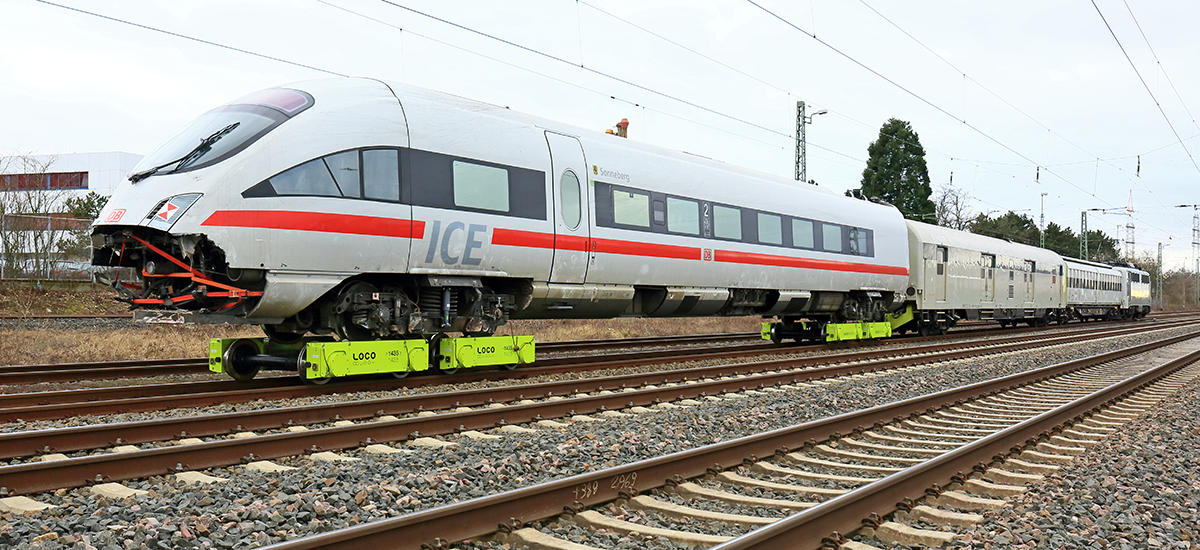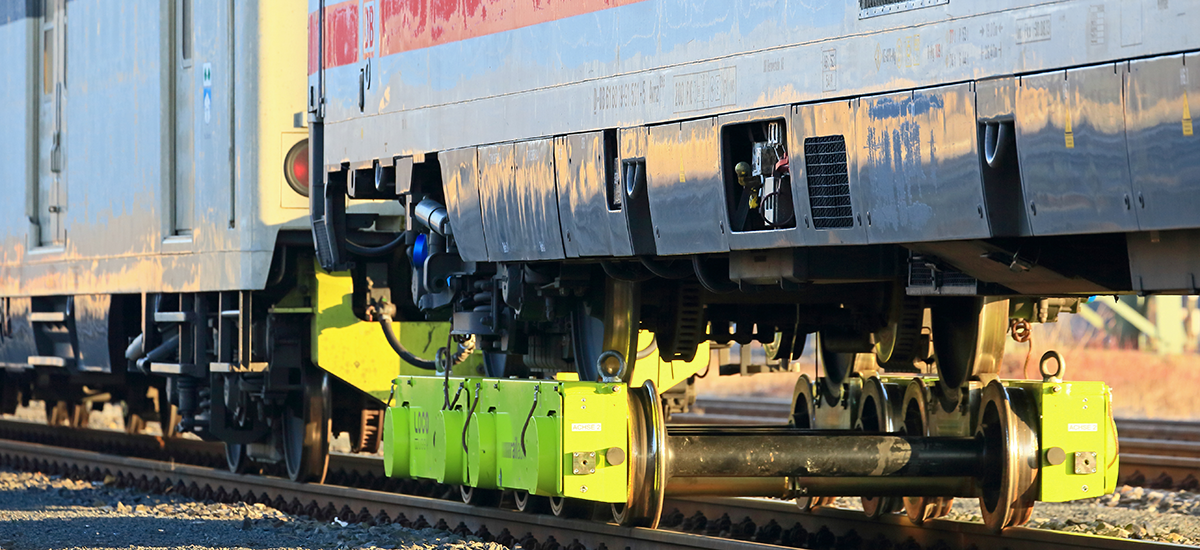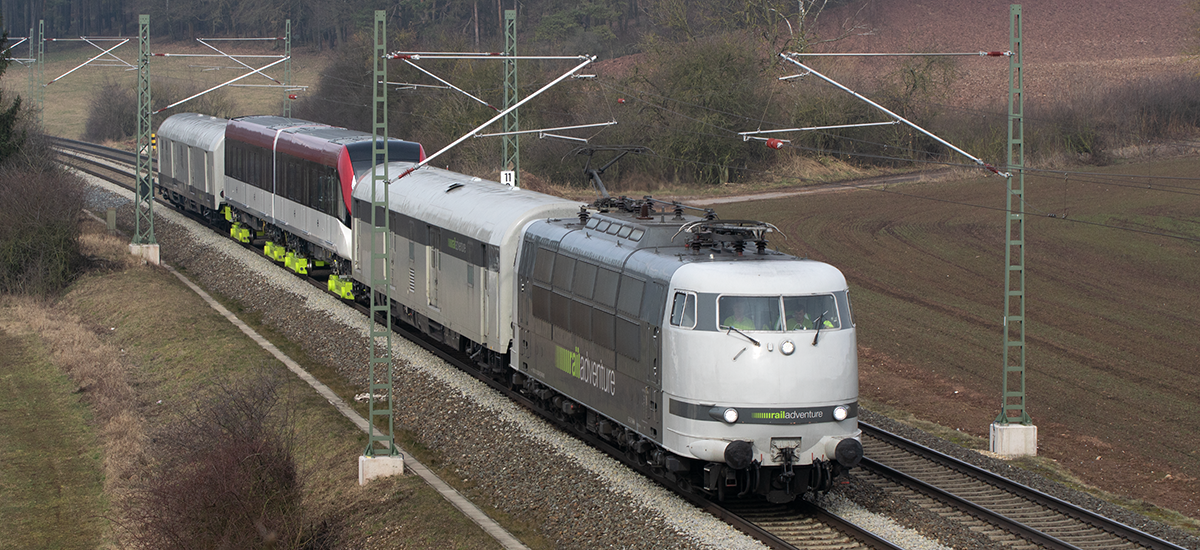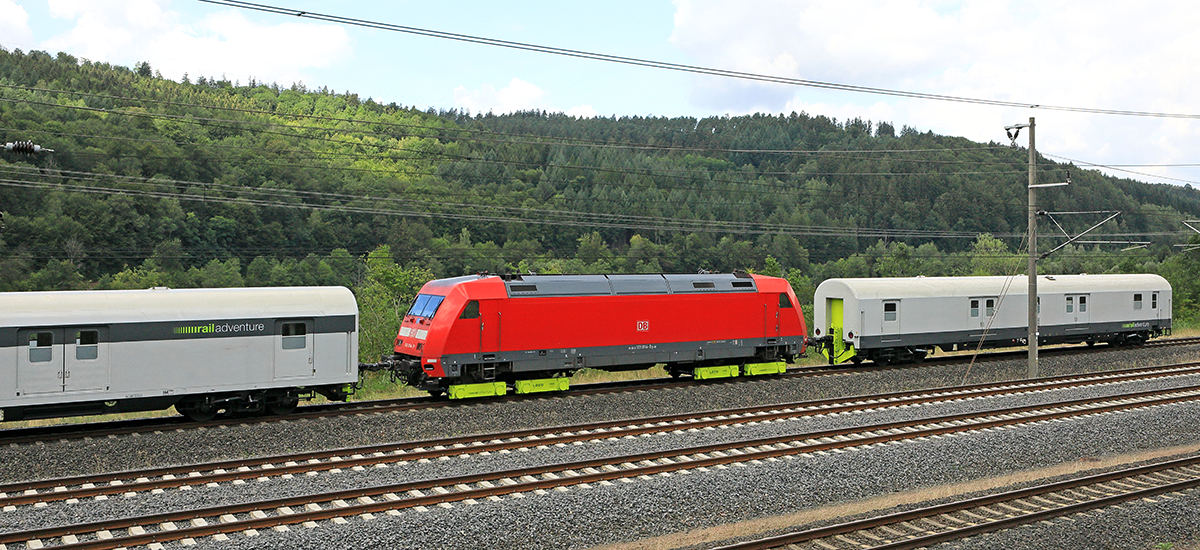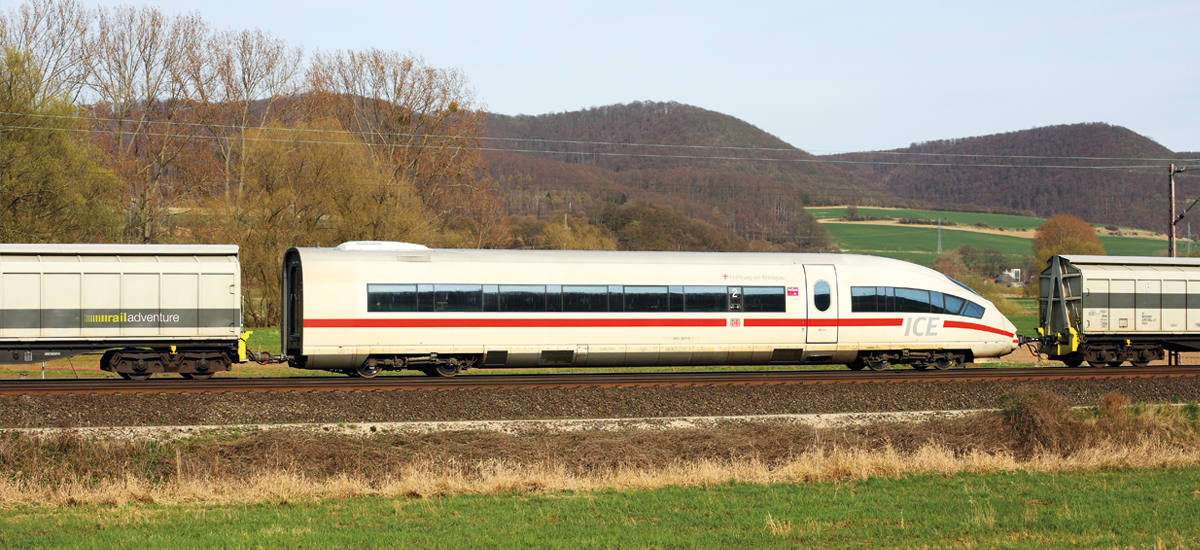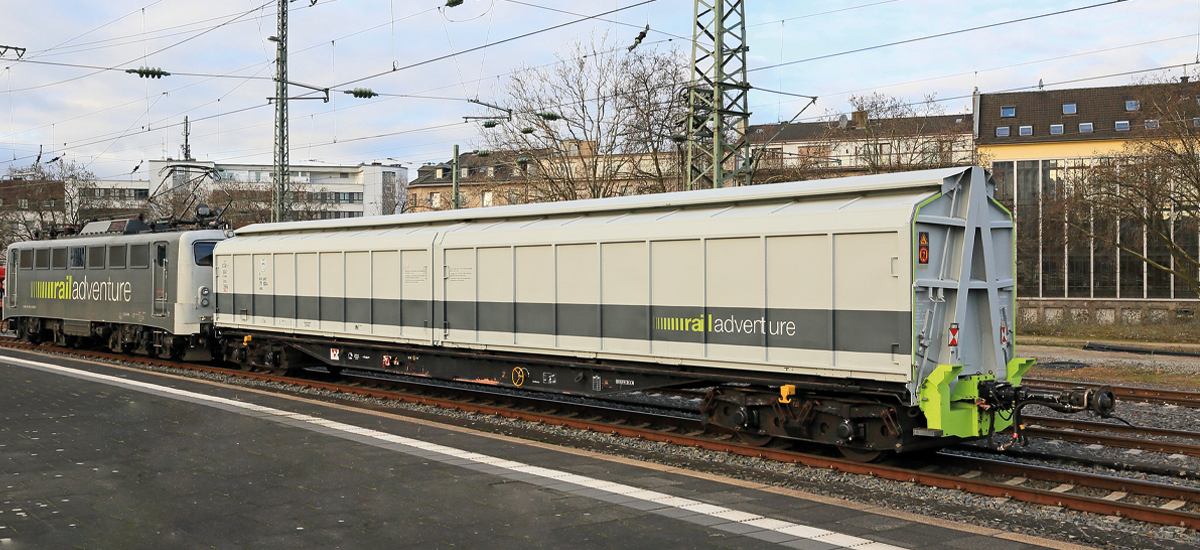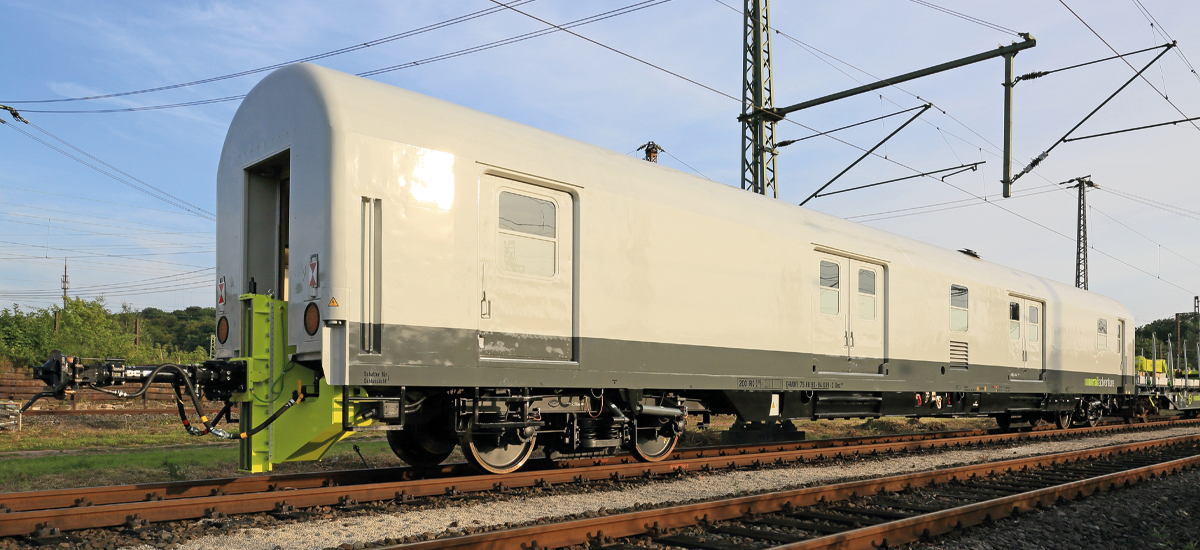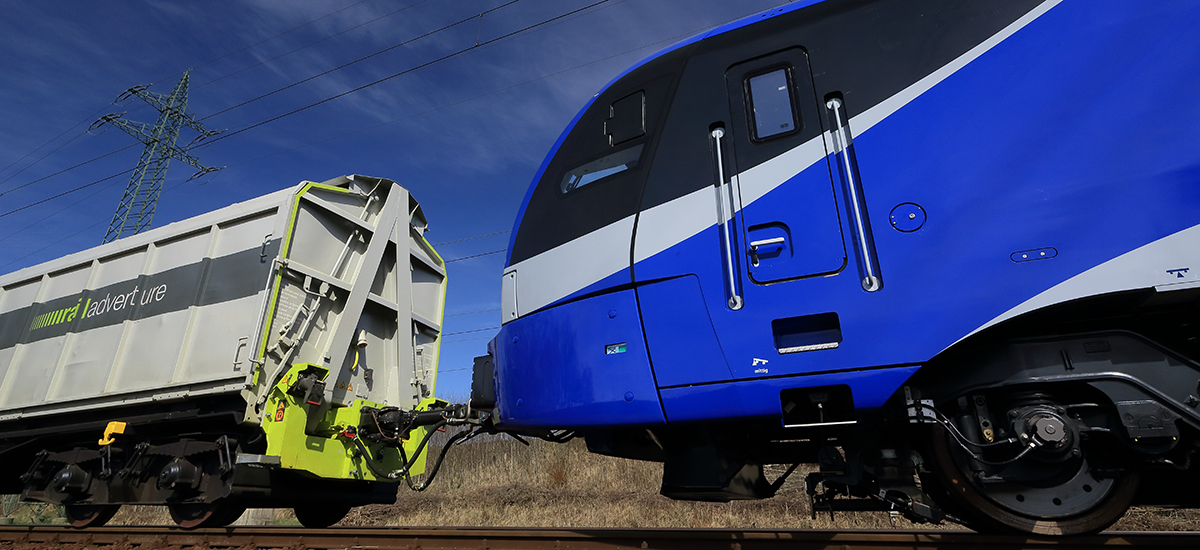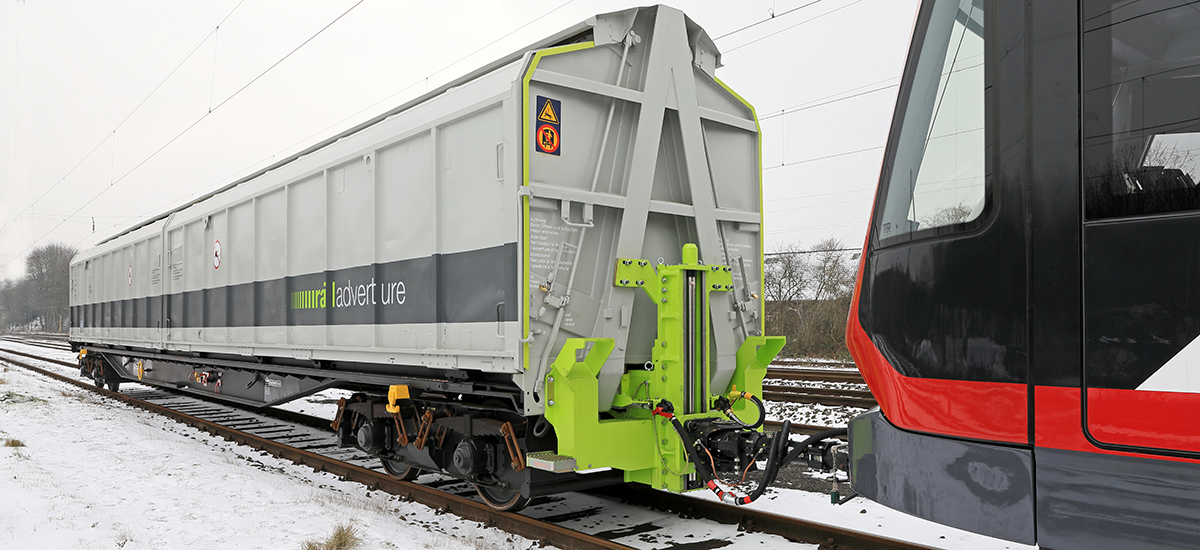Our equipment
To carry out our wide range of services, RailAdventure has a fleet of locomotives and special vehicles for its customers.
We use locomotives that cannot be associated with any current vehicle manufacturer or current product line. In this respect, it is also important for us to be completely neutral towards our customers. The majority of them have environmentally friendly electric locomotives. Diesel locomotives complete this fleet for the non-electrified lines. Simpler locomotives for domestic transport services are supplemented by complex multi-system locomotives for cross-border transport services. A 280 km/h serviceable traction vehicle for test drives is available with the 103 222 locomotive.
For a safer connection when towing multiple units, we use a large fleet of coupling adapter cars. We also have a fleet of special brake force wagons to compensate for the lack of brake force in a train (for example when towing an unbraked train).
Alongside the vehicles, RailAdventure also has other special equipment available. Mobile air pipes, for example, are used to manufacture temporary brake lines for vehicles that need to be towed but which don’t have a usable air pipe. Several kilometres of these pipes are in use on a daily basis.
The patented transport system Loco Buggy developed in-house by RailAdventure is one its very special assets.
The Loco Buggy system
The protection of our environment is also one of our top priorities. We are therefore delighted that we are able to prevent countless truck journeys through our in-house transport system Loco Buggy and in this way prevent CO2 emissions. Up until now, rail vehicles with a different track gauge could only leave the factory by road. With our Loco Buggies, the way (or rail) is also now clear for narrow and broad gauge trains.
Our patented bogies are also a valuable help to vehicles using the same gauge. Reasons to use Loco Buggies include a gearbox for a local transport vehicle not designed for a long distance without intermediate stops, a non-conforming wheel profile of an export vehicle or even a wheel damaged in an accident. If a very wide vehicle was to come too close to the platform edge, we would be able to put it on Loco Buggies and bring it away from the critical profile area and enable its transport by rail.

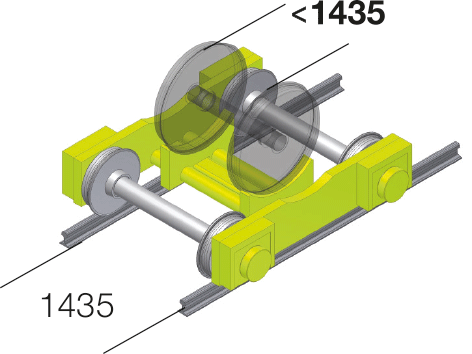
NARROW GAUGE (<1435mm)
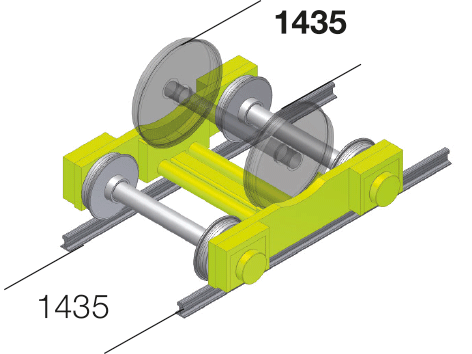
ACCIDENT/DAMAGE (1435mm)

VEHICLE AND WHEEL PROFILE (1435mm)
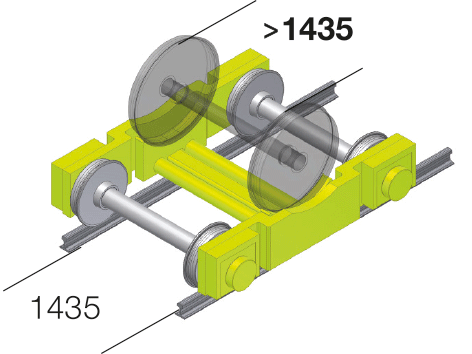
BROAD GAUGE (>1435mm)
We provide different types for different uses as well as ramps for loading. Rolling out transport goods from an asymmetric three-rail track into a symmetrical operating position is achieved using a special ramp construction.
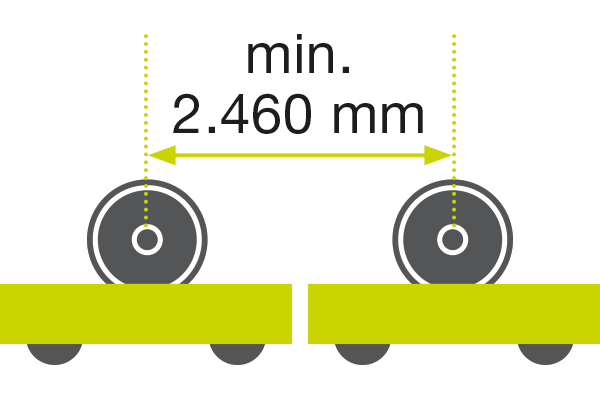
LOCO BUGGY 2.1 SINGLE AXLES
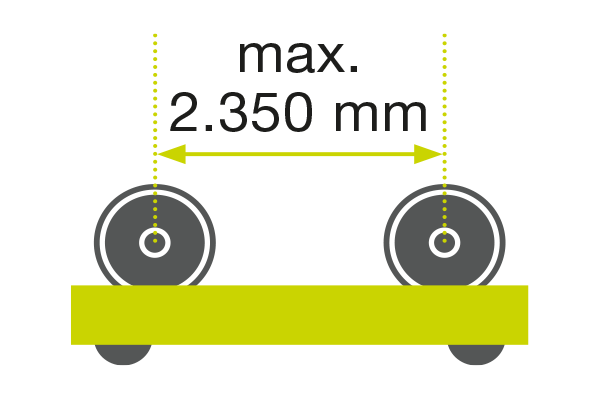
LOCO BUGGY 2.2 BOGIE
Loading via ramp
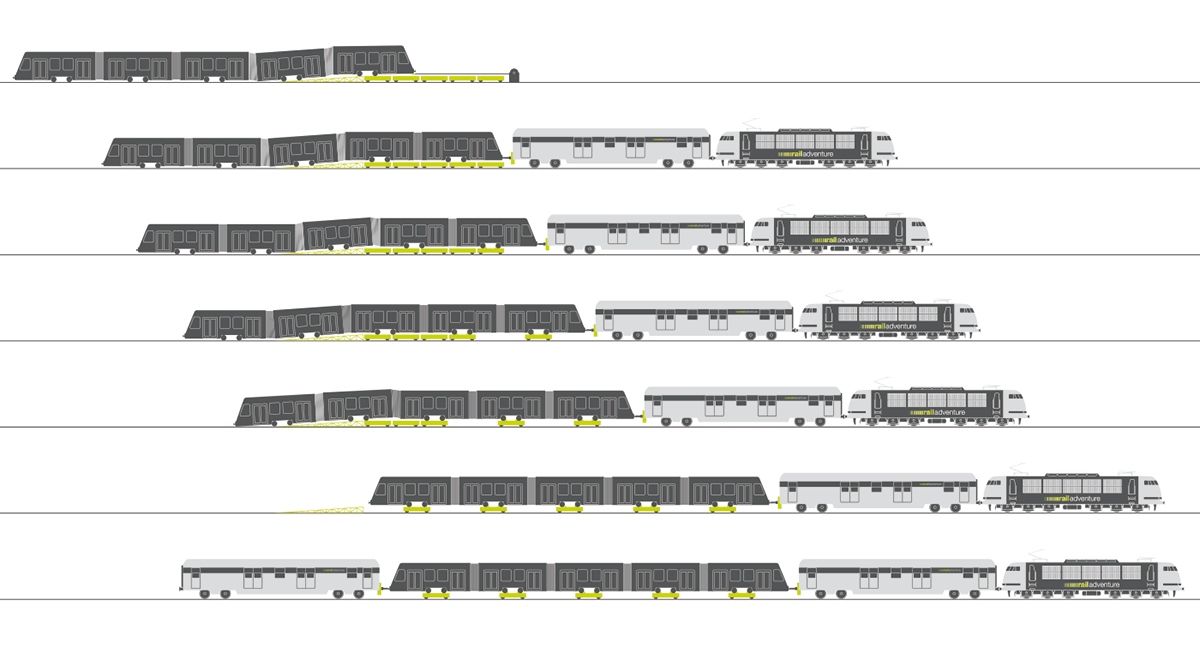
Coupling cars
European railway trains have always featured two different coupling systems. Classic locomotives and cars have a coupling hook to transfer the traction force and two buffers for the compressive force. The mechanical mountings of these components on the vehicles are designed for the corresponding forces. Most multiple units/railcars, on the other hand, have a central buffer coupling, which, together with its mounting on the vehicle frame, is designed for both tensile and compressive forces. There is no provision for coupling the two different coupling systems during operation.
In exceptional cases, both coupling systems must be used in one train. This can happen, for example, when a railcar is no longer in a driveable state and needs to be towed away by a locomotive. In this case, a drawbar carried in the railcar is used to link both vehicles, which is mounted onto the coupling hook of the towing locomotive. A relevant vehicle-specific regulation is required to ensure this is carried out safely as, in the absence of buffers, the coupling hook may be applied using compressive forces in this exceptional case. According to the general traffic law, towing is defined if there is an emergency assistance concept and the vehicle to be towed away can no longer be driven.
Secure interface for vehicles with centre buffer coupling
Planned transport without a technical emergency, on the other hand, is described in transport law as haulage. An example of this is the transport of brand-new export vehicles from the factory to the port. In these cases, the towing locomotive and the vehicle being towed are connected using a coupling adapter car. These special vehicles are equipped at one end of the car with buffers and coupling hooks compatible with the locomotive and at the other end of the car with a central buffer coupling that matches the towed train. Coupling adapter cars are therefore the secure interface between two vehicles with different coupling systems. RailAdventure has a fleet of coupling adapter cars available for its customer orders to tow trains. For test runs, some cars in the fleet are designed to run at speeds up to 220 km/h.
Two different coupling systems

Towing: Normal run with drawbar coupling

Towing: Planned transport with coupling adaptor car

Our coupling adapter cars enable variable settings for a wide range of coupling heights above rail level. All vehicles can be coupled, from the tram with its very low coupling height to the high-speed train attached to the Loco Buggy.
RailAdventure has a wide variety of coupling types in its portfolio that can be mounted onto the coupling adapter car.
Over 100 different types of coupling in Europe
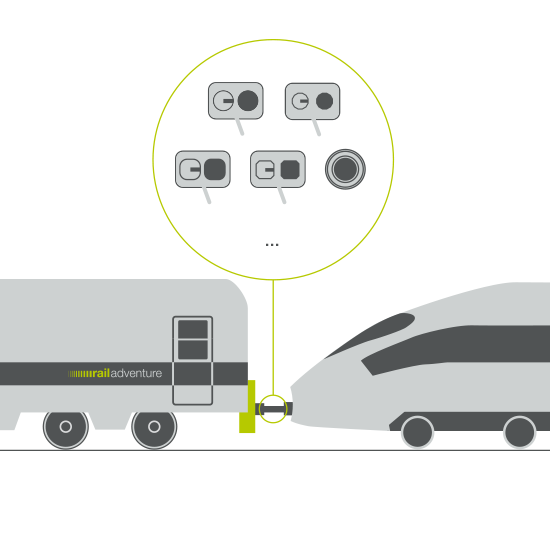
Different coupling heights
